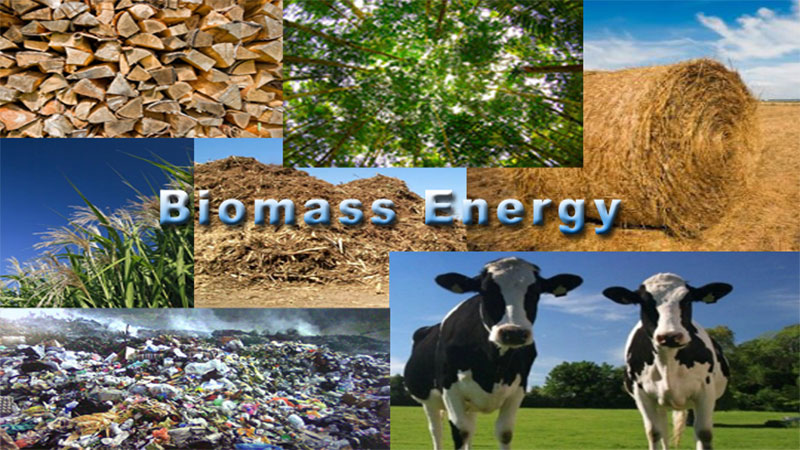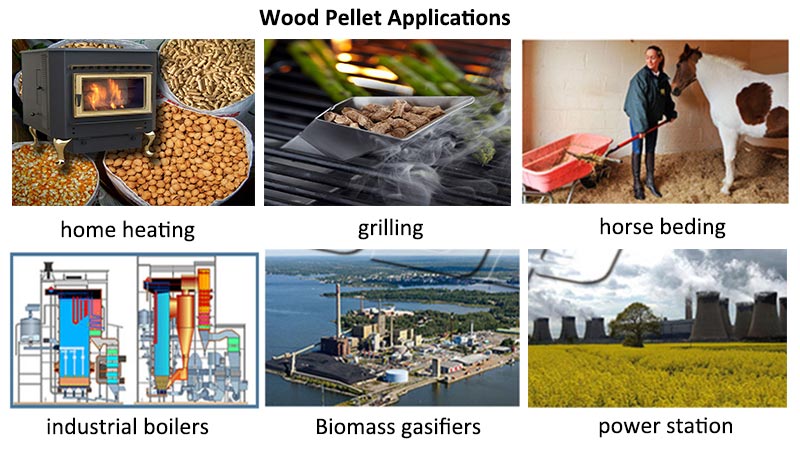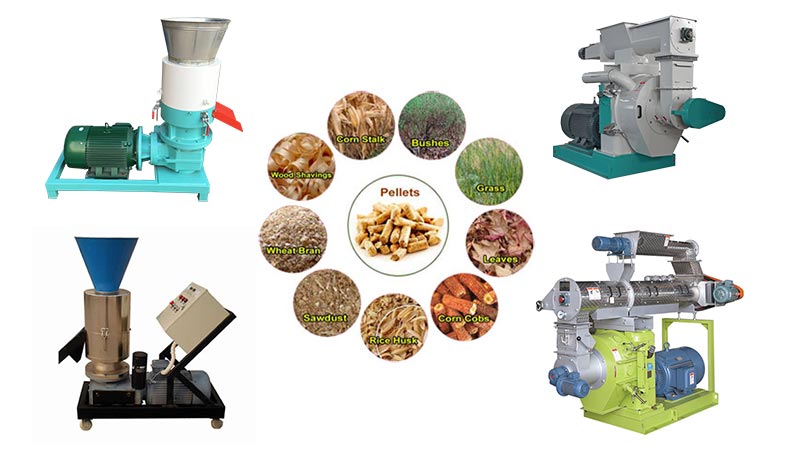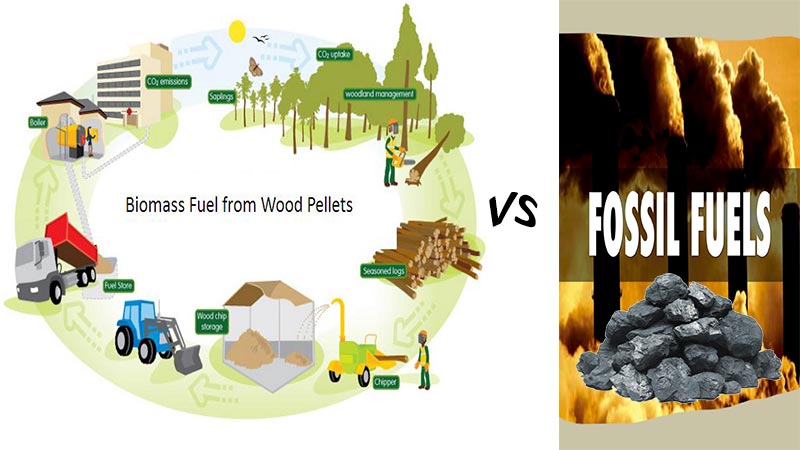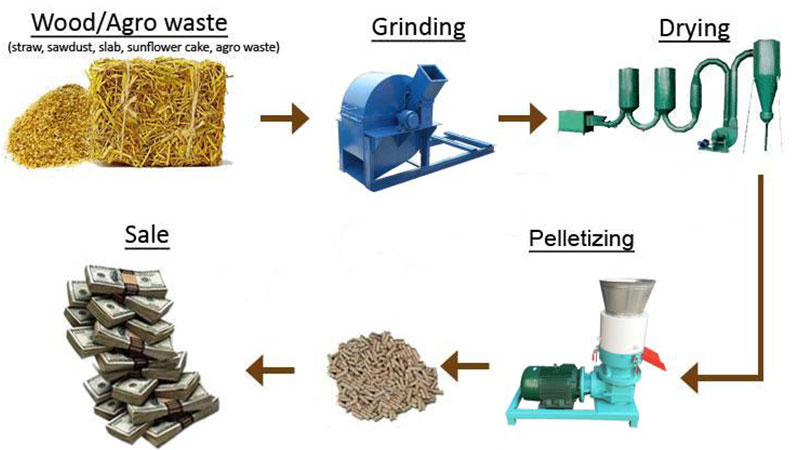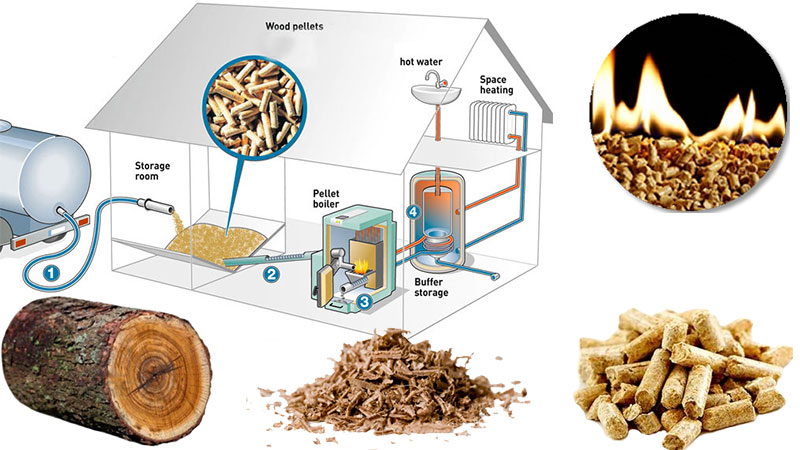To begin this article, I would like to thank for your concern on biomass fuel. Now let’s learn about the raw materials of biomass pellets together. In general, biomass waste can be defined as organic residues, by-products of agricultural wastes and so on, which are available in bulk.
It is necessary to state the manageable materials with real potential as following:
Sawdust
Sawdust can be regarded as a highly fascinating raw material from the point of biomass pellets. Nearly in all countries, sawdust has a large source volume due to booming timber industry.
Timber industry began to spring up since the first sawmill established. Not only sawing technology brings us wooden crafts, but also it creates off-cuts, wood chips, shavings and sawdust.
However, it is a wrong perspective that the end products like sawdust has no economic value down to be burned directly, used to repair road, or simply discarded. Now that this situation, why not attach great importance to sawdust to make them into pellets for heating, cooking, power generation? Just leave all the mission to wood pellet mill!
Coffee Husk
People always look upon coffee husk as a kind of cash crop. The processing of coffee has two main types of waste.
During separation of the cherry from the bean, the first waste is always called pulp. The pulp is available only at scattered coffee factories sited nearby the districts of cultivation and already has economic value as fertilizer and animal feed. However, it is not considered in this study. And the other waste is the coffee husk, which is fibrous, weak in water content, unitive in size and low in ash. All these merits make it well fit for pelletized fuel production. It is the focal point of this article.
Everyone who has experience of growing coffee can realize that coffee husk is available throughout the year in large quantity, especially from January to May. Therefore, they are readily available for processing into pellet fuel.
Bagasse
Bagasse can be defined as the fibrous leftover of the sugarcane stalk after the extraction of sugar.
At present, sugar cane always ends up as bagasse. Some of them can be used to generate steam for the evaporative extraction of sugar, another part is used to generate electricity for local grid or factories, while still others is remaining. In fact, the left bagasse not only has no use for farmers, it even can be viewed as a negative asset.
As a kind of waste source, bagasse has a huge potential. Given that sugar cane has been widely grown all over the world and the fast development of pellet mills, the prospect for bagasse pellets will be further enhanced.
Now the bottom line in PART ONE. Through above analysis, I believe that you have realized a lot of business chance. However, the good news does not stop here! In next study I will continue to introduce other kinds of so-called waste with high potential processed into wood pellets. Just look forward to my PART TWO.
